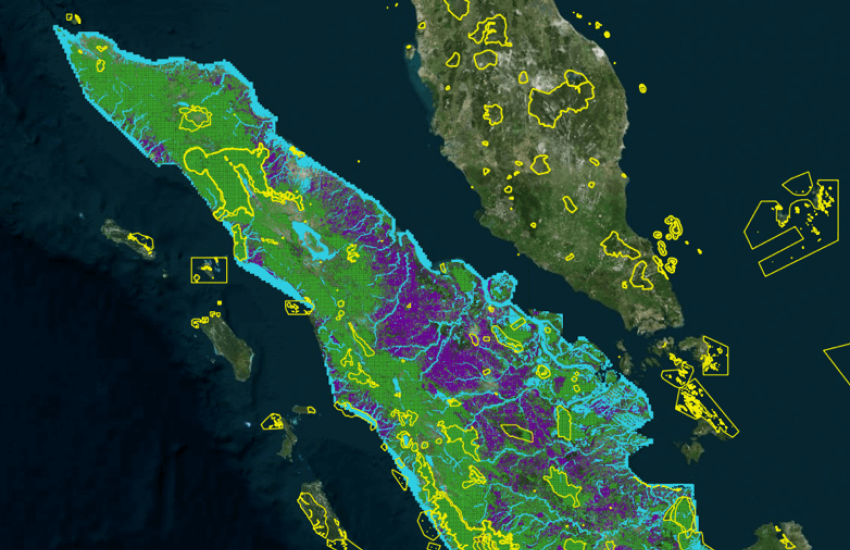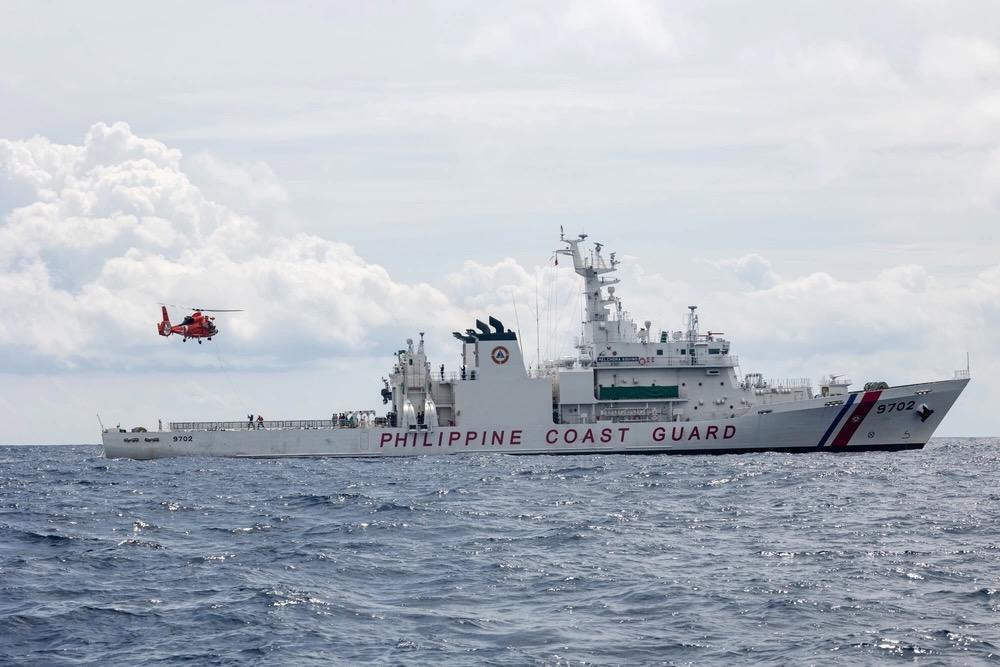NGA Picks Orbital Insight for Tracking Illicit Maritime Activity Pilot Effort
The National Geospatial-Intelligence Agency (NGA) announced in a statement on Monday that it had selected Palo Alto-based Orbital Insight for up to $2 million of funding for the agency’s Project Aegir to create capabilities that help track illicit maritime activity in the Indo-Pacific region.
The U.S. Indo-Pacific Command, or INDOPACOM, has seen an increase in illegal maritime activities—including unreported, illegal and unregulated fishing, etc.—especially from adversaries such as the People’s Republic of China.
Project Aegir, which is part of NGA’s Commercial Solutions Openings effort, “is NGA’s response to increasing customer requirements for rapid commercial analytics and unclassified intelligence products supporting maritime domain awareness,” the agency explained in the statement.
The agency will conduct pilot testing on Orbital Insight’s proposed solution over the next five months, the results of which will help determine any long-term contracts and broader acquisition efforts, NGA said.
NGA selected Orbital Insights from 12 finalists that included: Airbus U.S. Space and Defense, Anduril Industries Inc., BlackSky Geospatial Solutions Inc., Freedom Technology Solutions Group, HII Mission Technologies, NV5 Geospatial Inc., Planet Labs Federal Inc., Royce Geospatial Solutions Inc., Space-Eyes (Channel Logistics LLC), Striveworks Inc. and Ursa Space Systems.
The finalists presented their capabilities to analysts and geospatial intelligence collection managers from NGA and INDOPACOM, as well as to experts from the U.S. Coast Guard Maritime Intelligence Fusion Center Pacific, July 8-12 at the Defense Innovation Unit (DIU) headquarters in Mountain View, California.
“We challenged the commercial industry to show us the most innovative solutions to address hard problems in the Indo-Pacific theater,” NGA Director of Commercial Operations Devin Brande said.
A total of 82 industry teams had competed for the solicitation, NGA reported.
“DIU’s Senior Scientist and Program Manager for Remote Sensing Nirav Patel, Ph.D., hosted the pitch sessions where finalists were assessed on their ability to fuse diverse data types to both identify maritime vessels and to increase confidence in using automation to confirm the characterization of maritime activity,” NGA stated.
Several years ago, NGA ruled that commercial sources of geospatial intelligence were acceptable as first-order sources, which led to the agency relying more on industry capabilities.
The Commercial Solutions Openings effort is an alternative procurement method to bring in solutions quickly for “ever-expanding” mission sets across the U.S. Department of Defense (DoD) and intelligence community. It also is meant to reduce barriers of doing business with NGA for different types of companies.

The entire solicitation process, starting from public announcement to selection, happened in under 90 days, according to NGA.
“NGA’s first Commercial Solutions Openings used a new acquisition authority to increase the speed of procurements by bringing together mission experts in a streamlined evaluation process,” Brande said.
Ronzelle Green, director of the NGA’s Research and Development Directorate, in a recent interview with SIGNAL Media, emphasized how the research and development community at the agency was looking to pull more innovation into operations quickly. As a combat support agency, the directorate and the greater NGA must provide key imagery, intelligence and geospatial information to the DoD and the intelligence community.
“It is about how do we pull agile acquisition so we can do this cycle faster and give our warfighters advantage,” Green offered. The Project Aegir pilot, he said, will provide direct-to-warfighter commercial techniques for identifying, monitoring and tracking illicit maritime vessel activity in INDOPACOM.
“We are using innovative challenges and processes to really go after some of these national security hard problems,” Green shared. “Because we found out it’s not just government that has this intellect. It is also in industry and academia and in the national labs. For us, it is about how we leverage that information, that knowledge and understanding to make sure that we’re meeting the need of the U.S. government and also the department.”



Comments